'We Are as Gods and Might as Well Get Good at It'
Commemorating the Whole Earth Catalog 50 years later.

As the first issue of Reason was thwack-thwack-thwacking off a mimeograph machine in 1968, a very different but spiritually related publication was also coming hot off the press. On the face of it, the two publications had little in common. One celebrated its cerebral nature in its very title while the other was a clearinghouse for information on how to not just hand-weave your freak flag but fly it proudly over some barren patch of a hippie Eden. But Reason and the Whole Earth Catalog in their own ways pointed toward a future in which individuals are, like it or not, more empowered in and more responsible for every aspect of our lives than ever before.

"We are as gods and might as well get good at it," reads the Whole Earth Catalog's statement of purpose. "So far remotely done power and glory—as via government, big business, formal education, church—has succeeded to the point where gross defects obscure actual gains. In response to this dilemma and to these gains a realm of intimate, personal power is developing—power of the individual to conduct his own education, find his own inspiration, shape his own environment, and share his adventure with whoever is interested." As Catalog founder Stewart Brand told Reason's Brian Doherty in 2010: "This was in an era when JFK was saying, 'Ask not what your country can do for you; ask what you can do for your country.' We were saying, 'Ask not what your country can do for you; do it yourself!'"
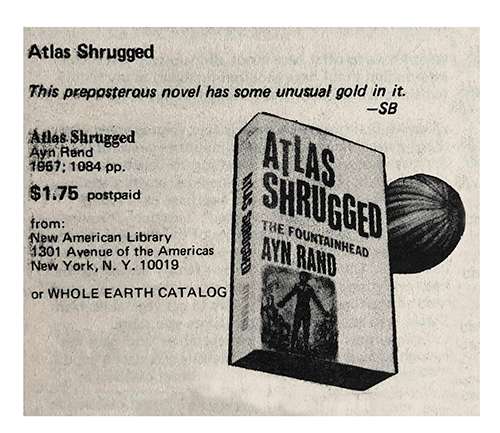
Like a comet streaking across the sky, the Catalog burned brightly but briefly, lasting in its original form only until 1971. (Related magazines, sequels, events, and anthologies continued to arrive for decades after.) During its initial run, it sold 600,000 copies; the issue dubbed The Last Whole Earth Catalog won a National Book Award in the "contemporary affairs" category. The ethos of the publication was represented by the cover art, a picture of the planet—the "whole Earth"—from space. At a peak moment for domestic and Cold War tensions, with wars, famines, and other catastrophes happening all over the world, Brand explained, the title and imagery underscored that we were ultimately all in this together.
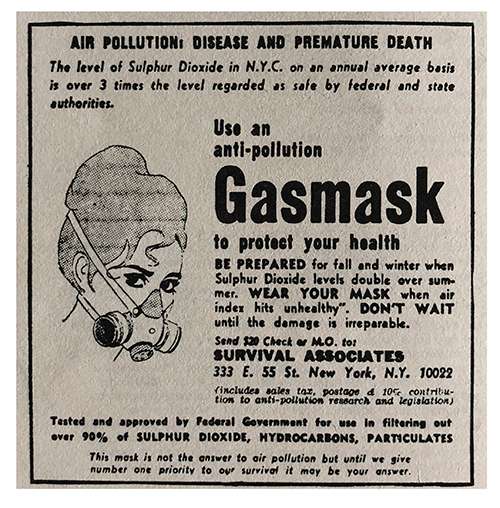
The Whole Earth Catalog was, first and foremost, an actual catalog. The editors would list items they considered "1) Useful as a tool, 2) Relevant to independent education, 3) High quality or low cost, 4) Easily available by mail." In a valedictory essay in the final issue, Brand freely cops to being inspired by "the L.L. Bean Catalog of outdoor stuff…and Mr. Bean's service to humanity over the years." The charming result is somewhere between a classic Bean catalog (a pair of Bean walking pants that zip off into shorts made it into The Last Whole Earth Catalog), the cornucopian feel of Sears' Christmas Wish Book (which seemingly featured G.I. Joes, Barbies, and sports-team merch of every kind ever made at a time when most stores carried no variety at all), and the J. Peterman catalog lampooned on Seinfeld (all items are reviewed by staff and the margins are filled with idiosyncratic offerings, including handwritten notes from Ken Kesey, essays by the agrarian poet Wendell Berry, and more).
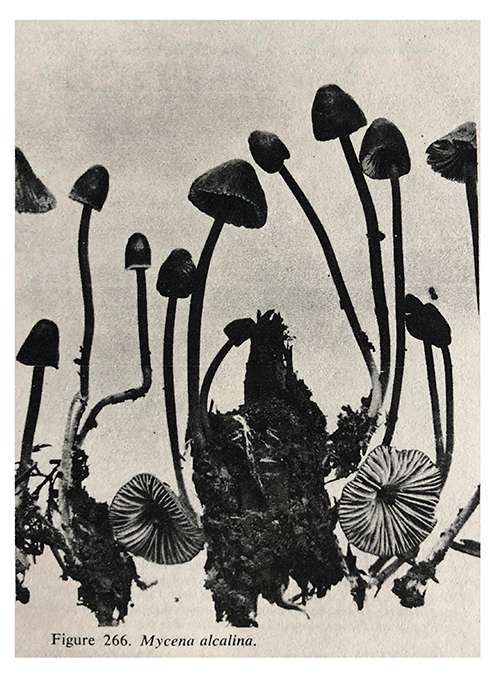
Brand's own comments on Paul Ehrlich's now-discredited The Population Bomb (he calls it "the best first hard look" at the supposedly inevitable overpopulation crisis) bump up against his recommendation of Ayn Rand's Atlas Shrugged ("This preposterous novel has some unusual gold in it") and give a sense of the breadth of the worldviews represented. There's info on all the manuals and machines the aspiring communard could ever want, whether to purify water, make Bulgarian-style (?!?) yogurt, or give birth at home in the same log cabin you and your old man built yourselves. Books and pamphlets about how to not get arrested at rock festivals and political demonstrations are featured; so is Milton Friedman's Capitalism and Freedom, which is reviewed positively alongside Angus Black's A New Radical's Guide to Economic Reality, which called for a 20 percent flat tax and whose "plea is clear: less government today, even less tomorrow." Also on sale: the complete works of Buckminster Fuller and Marshall McLuhan, the influential popularizer of geodesic domes and whiz-bang futurism and the media theorist who in many ways prophesied the internet. "Understanding Whole Systems" was a full-blown category in the catalog—betraying Brand's education as a biologist trained in the late '50s, when researchers were first thinking about concepts like feedback loops and integrated analysis—alongside such sections as "Land Use," "Community," and "Nomadics."
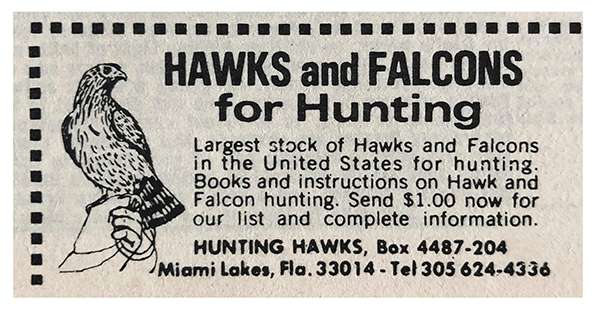
Despite its brief run, the Whole Earth Catalog inspired many different people, publications, and organizations, including Apple (it's where Steve Jobs found his famous dictum, "Stay hungry. Stay foolish."), Wired (early editor Kevin Kelly was a former editor at the Catalog), the "Whole Earth 'Lectronic Link" a.k.a. WELL (a pioneering online community co-founded in 1985 by Brand), and The Long Now Foundation (dedicated to "foster[ing] responsibility in the framework of the next 10,000 years"). The popular website Boing Boing, whose subtitle is "a directory of mostly wonderful things," is a descendant of the Catalog; one of its founders, Mark Frauenfelder, is involved alongside Kelly with Cool Tools: A Catalog of Possibilities, yet another Whole Earth emanation.
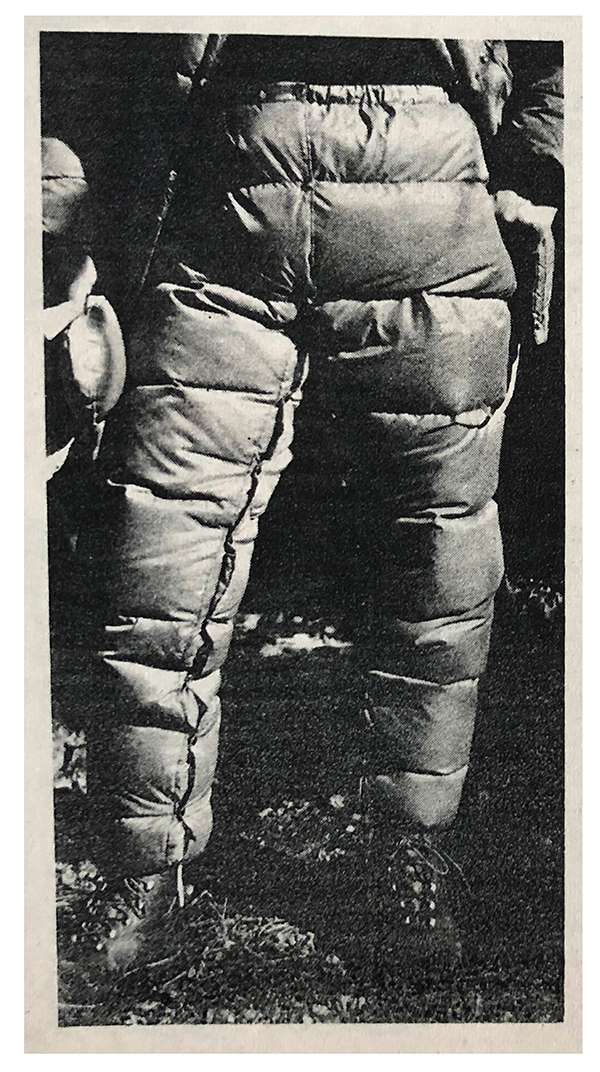
"The main problem with fame, or any kind of success, is the insulation it packs around you," writes Brand near the end of The Last Whole Earth Catalog, explaining why he decided to stop at the publication's zenith of popularity and critical acclaim. "There's a difference between intention driving us on and mystery pulling us on. Mystery will always educate and correct. Intention can go off the end of its own limb."

Brand, who turns 80 in December, now splits his time between The Long Now Foundation and Revive & Restore, an effort dedicated to "building the 21st-century genetic rescue toolkit for conservation" to save coral reefs, horseshoe crabs, Asian elephants, and other living things from degradation, depopulation, and worse. Its most visionary ambitions include "de-extincting" animals, such as the passenger pigeon and the wooly mammoth, that long ago went missing. Because he believes in genetic modification of crops and organisms, and in the increased use of nuclear power to reduce greenhouse gases, Brand, who helped to inspire the first Earth Day, has become a pariah among some of his old crowd.
By the time this review is published, the Whole Earth Catalog will have held its 50th anniversary celebration in San Francisco. Brand was a member of the Merry Pranksters back when they were staging "Electric Kool-Aid Acid Tests" at Grateful Dead shows, so he knows a thing or two about throwing a party. When the original Catalog closed up shop in July 1971, the staff staged a wild gathering at San Francisco's Palace of Fine Arts. Brand, dressed in a monk's robe, distributed $20,000 in increments of a few hundred dollars to people who wanted to start radio stations, magazines, communes, and other interesting-sounding projects. "There was so much demand for our catalog," he told a reporter for The Christian Science Monitor, "that we hope when the supply is stopped the demand will force other people to create more diversified catalogs in their own areas."
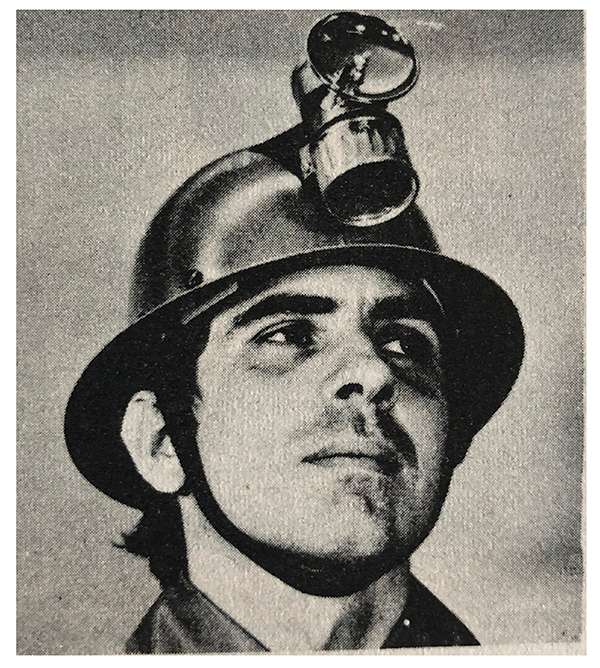
That prophecy certainly came true, especially if you factor in the rise of the internet, where there are more rabbit holes to fall down than bunnies will ever live on God's green Earth.
Given their common birth year, it's worth pondering the sometimes-overlapping trails blazed by the Whole Earth Catalog and Reason. Their founders certainly followed different paths: Brand became a serial start-up guy, not for businesses but for think tanks, nonprofits, and big ideas, even as the catalog became its own sort of magic relic that continues to inspire; Reason patriarch Lanny Friedlander did a stint working with the genius designer Massimo Vignelli (who among other triumphs created in the early 1970s the version of the New York City subway map still in use) but then fell out of creative work and lost contact even with his early libertarian comrades.
Yet looking back, the Whole Earth Catalog's critique of "remotely done power and glory" and Reason's vision of empowering the individual through reality-based, rational analysis ("logic, not legends") are part of the same DIY spirit that energized the best elements of 1960s counterculture. And a certain optimism about the future underwrote both publications. We are as gods—demigods, maybe—and 50 years on, we're still trying to get better at it.
This article originally appeared in print under the headline "'We Are as Gods and Might as Well Get Good at It'."




Show Comments (121)